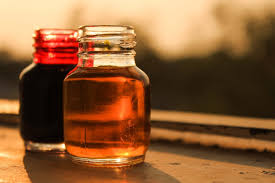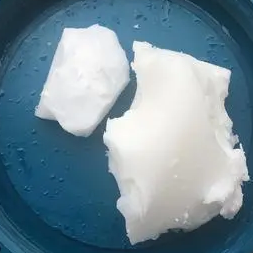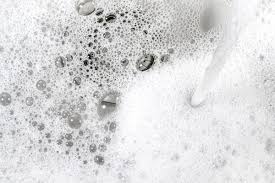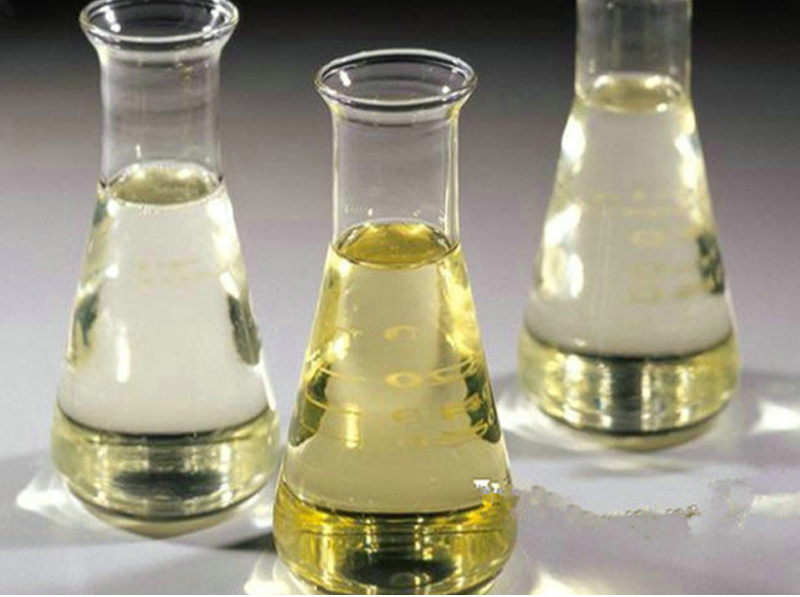**The Secret Life of Surfactant: Meet Your Lungs’ Tiny Miracle Workers**
(What Produces Surfactant)
Take a deep breath. Feel your chest rise and fall? Thank surfactant. This slippery stuff hides in your lungs, working nonstop to keep you alive. Let’s dive into the tiny world of surfactant and uncover what makes it—and why it matters more than you think.
Surfactant is a mix of fats and proteins. It coats the inside of your lungs’ air sacs, called alveoli. Picture billions of tiny balloons. Each time you breathe, these balloons inflate and deflate. Without surfactant, they’d stick together like wet plastic wrap. Breathing would feel like sucking air through a collapsed straw.
So where does this life-saving goo come from? Special cells in the alveoli, called type II pneumocytes, handle the job. These cells work like miniature factories. They scoop up raw materials—like fatty molecules and proteins—from your bloodstream. Then they assemble everything into tiny packages called lamellar bodies. Think of these as surfactant storage units. When you breathe, the packages burst open, spreading surfactant over the alveoli’s surface.
Timing is key. The body starts making surfactant late in pregnancy. Babies born too early often struggle to breathe because their type II pneumocytes haven’t kicked into gear. Doctors solve this by giving synthetic surfactant. It’s one of modern medicine’s quiet victories, saving countless preemies every year.
But surfactant isn’t just a lung thing. It’s everywhere in nature. Ever seen water striders skate on a pond? Surfactant-like molecules lower water’s surface tension, letting bugs glide. Even your dishwasher uses surfactant chemistry to blast grease off plates. Your lungs just borrowed the idea and turned it into a survival tool.
The recipe for surfactant is precise. About 90% is fats, mostly phospholipids. These molecules have a water-loving head and a water-hating tail. In the alveoli, they line up like orderly soldiers. The tails point away from the watery lung lining, creating a slick layer. This cuts surface tension, keeping alveoli from collapsing.
The remaining 10% of surfactant is proteins. These aren’t just fillers. They help spread the fatty layer evenly and fine-tune its properties. Some proteins also fight germs, adding a bonus shield against infections.
Making surfactant is energy-intensive. Type II cells hog resources to keep production humming. They constantly recycle old surfactant, breaking it down and rebuilding it. It’s like a thrifty chef reusing leftovers—nothing goes to waste.
Problems pop up when surfactant production falters. Genetic mutations, lung injuries, or diseases like pneumonia can disrupt the balance. Too little surfactant causes stiff lungs. Too much, or the wrong mix, creates foam that chokes air exchange. Researchers study these breakdowns to develop better treatments for lung diseases.
Animals have surfactant too. Whales use it to reinflate their lungs after deep dives. Birds pack ultra-efficient surfactant to handle high-altitude flights. Even insects produce surfactant-like substances to keep their breathing tubes clear. Evolution clearly loves this stuff.
Surfactant’s story isn’t just biology—it’s engineering. The molecules self-assemble, adjust based on lung pressure, and last a lifetime with minimal maintenance. Scientists mimic these traits for everything from drug delivery systems to eco-friendly detergents.
Next time you yawn or sigh, remember the unsung hero smoothing every breath. Those type II cells never clock out. They tweak recipes, fix leaks, and battle invaders—all to keep your alveoli bouncy and efficient. Modern medicine can copy surfactant, but the original remains unmatched. For something most people never think about, it sure does a lot of heavy lifting.
(What Produces Surfactant)
Survival often hinges on hidden details. Surfactant proves that even the slimiest substances can be lifesavers. Whether in a newborn’s first gasp or a freediver’s comeback breath, this molecular marvel keeps the show running. No flashy headlines, just quiet, relentless chemistry—nature’s way of saying, “I’ve got your back.”
Inquiry us
if you want to want to know more, please feel free to contact us. (nanotrun@yahoo.com)



